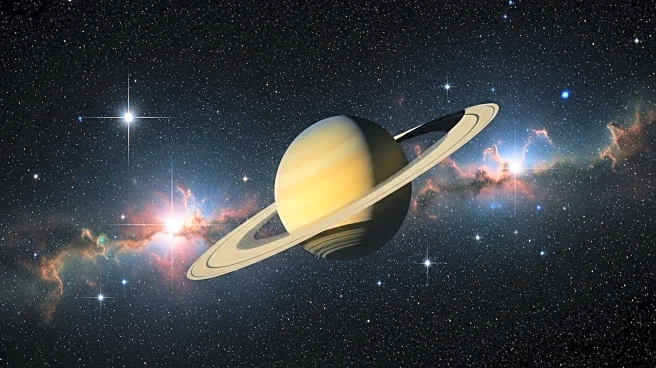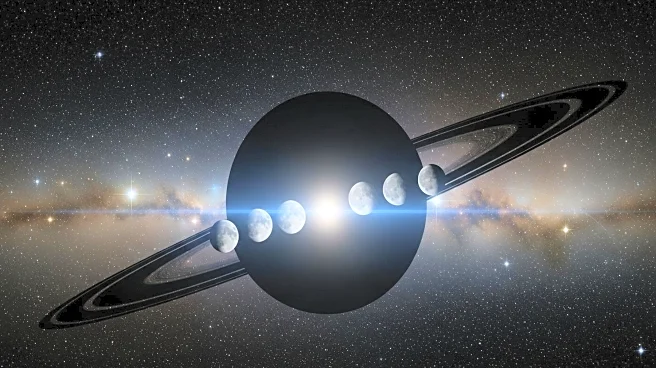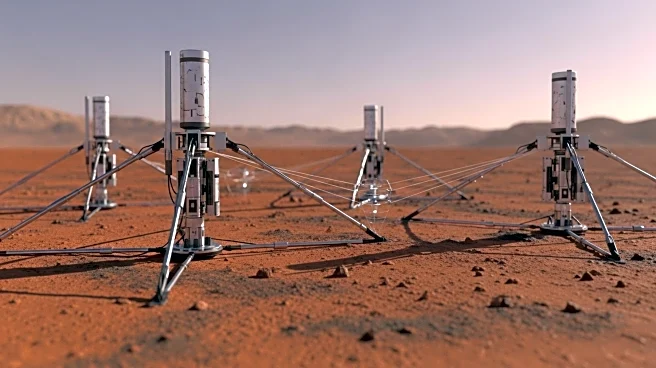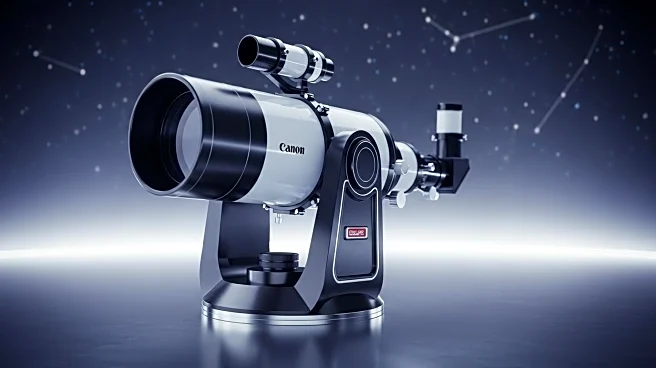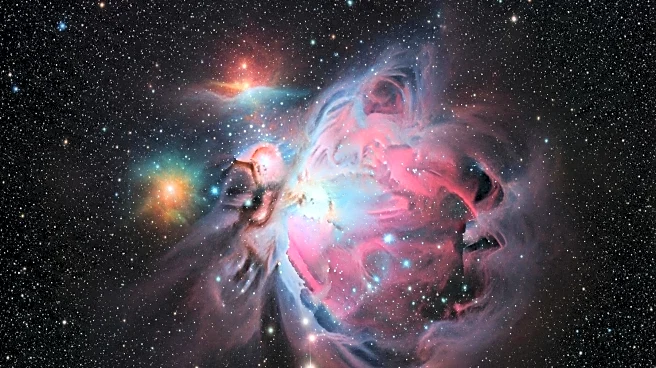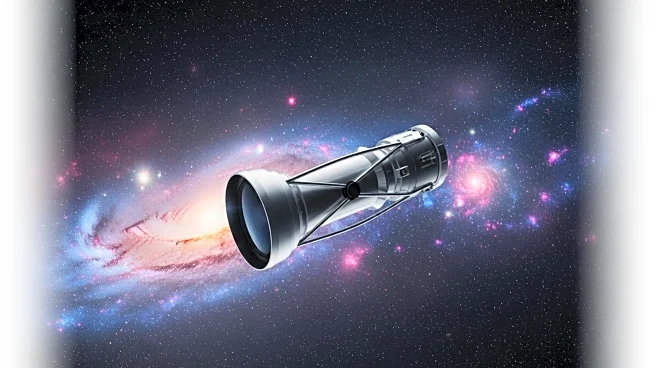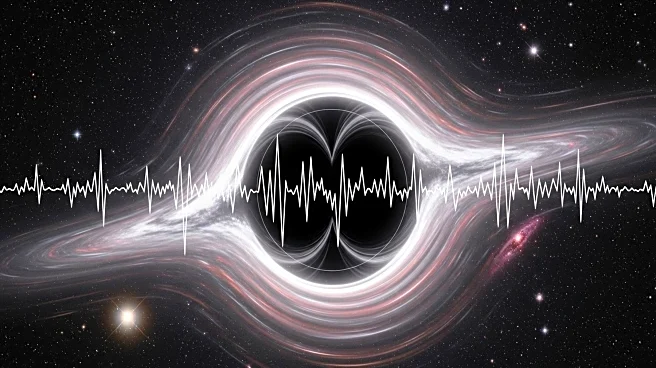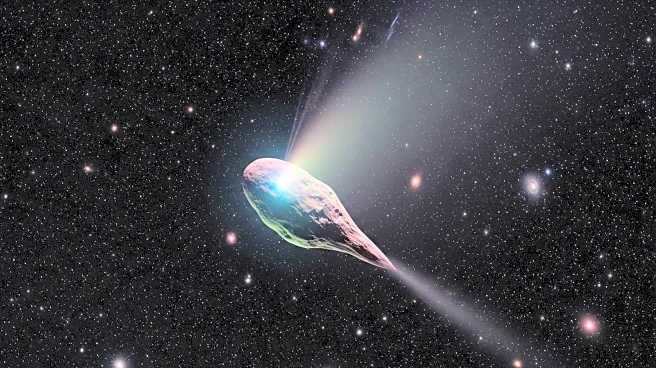What's Happening?
Saturn is nearing opposition, showcasing its moons and rings prominently in the night sky. The planet's moons, including Iapetus, Titan, Tethys, Rhea, and Dione, are visible, with Iapetus reaching its greatest western elongation. Venus and Mercury are also notable in the sky, with Venus near the Beehive Cluster and Mercury passing Regulus.
Why It's Important?
Saturn's opposition provides a prime opportunity for astronomers to study its moons and rings, enhancing understanding of planetary systems. The visibility of Venus and Mercury adds to the richness of celestial observations, offering insights into planetary movements and alignments. These events contribute to ongoing research and public interest in astronomy.
What's Next?
As Saturn approaches opposition on September 21, astronomers will continue to monitor and document its visibility and the behavior of its moons. Observatories may host events to engage the public in viewing these celestial phenomena. The alignment of Venus and Mercury will also be tracked for further study.
